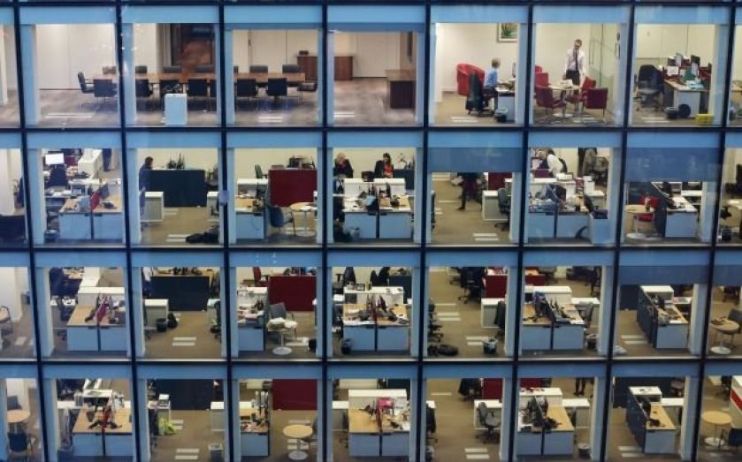‘Dearth of supply’ sees London office vacancies drop to lowest level since 2007

A supply starved market and weakened investment has led to vacancy rates in London offices falling to their lowest level since 2007, a new report has found.
The amount of available office space in London has fallen 19 per cent over the past year, with vacancies in the City dropping 27 per cent, according to research by Knight Frank.
The current vacancy rate of 5.6 per cent is the lowest level since the autumn of 2007, with a “dearth of supply” driving up rents as occupiers compete over fewer properties.
Average prime rents in the West End – the capital’s most expensive area – rose 7 per cent to £107 per square foot, while rents in the City climbed 3.6 per cent in the City to £72.50.
Takeup of office space for the second quarter of 2019 was five per cent lower than the same period in 2019, but still increased ten per cent on the first quarter, as ongoing political uncertainty failed to deter occupiers. Faisal Durrani, a Knight Frank researcher, told City A.M. the occupier market had held up “remarkably well”.
“The message that we’re getting is that occupiers are keen to crack on with life, almost irrespective of the outcome of Brexit,” he said.
The picture is very different on the investment side, Durrani said, with activity “thin on the ground” with the exception of a few large deals as investors wait for “a conclusion” to ongoing Brexit uncertainty.
One of these large deals, Citibank’s purchase of its new Canary Wharf building, helped make the US London’s top overseas investor – accounting for £1.1bn of the £1.9bn the country invested in the second quarter.
A high proportion of the 5.4 million square feet under construction and due to be completed in the City over the next year is already spoken for – 42 per cent. The proportion in the West End was slightly higher, at 45 per cent.
Durrani said the current supply shortage is a “direct result” of developers “pressing the pause button on developments in the run up to the referendum three years ago”, and that there’s no indication the supply shortage will ease up any time soon. “We need to see more development,” he said.